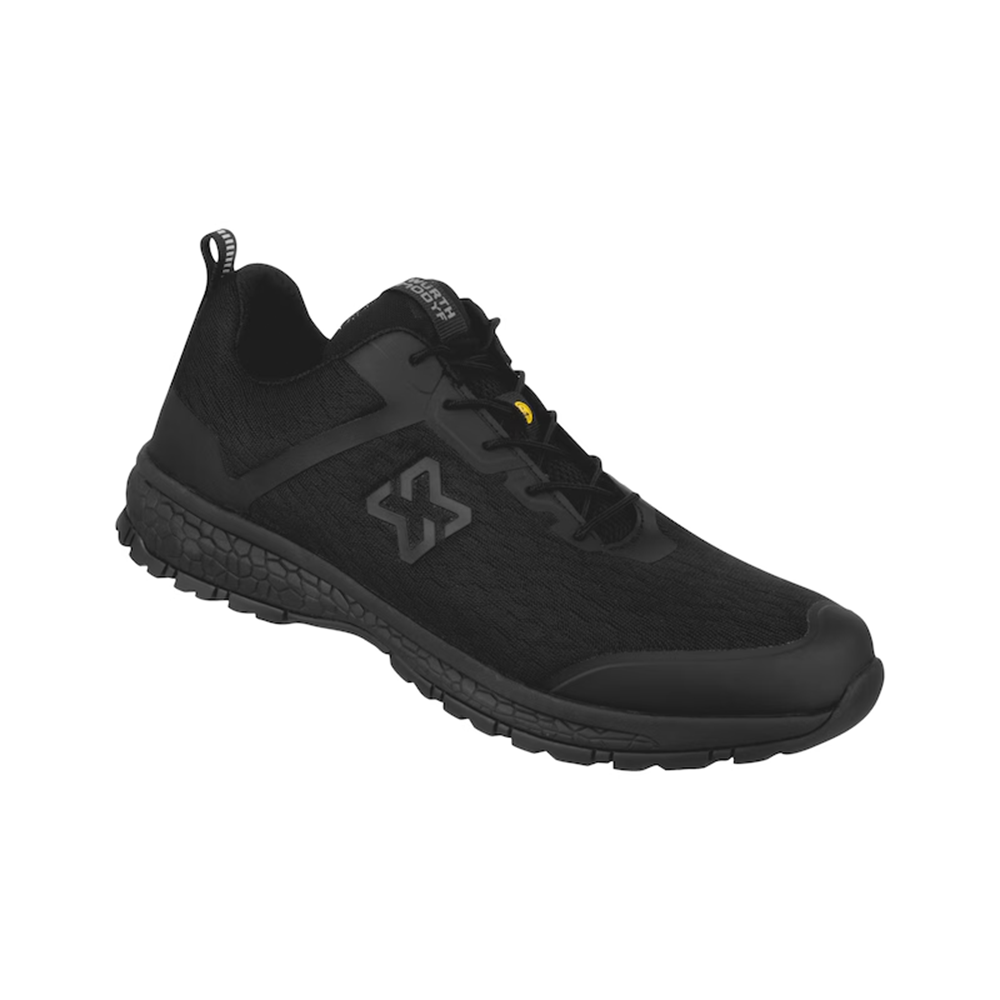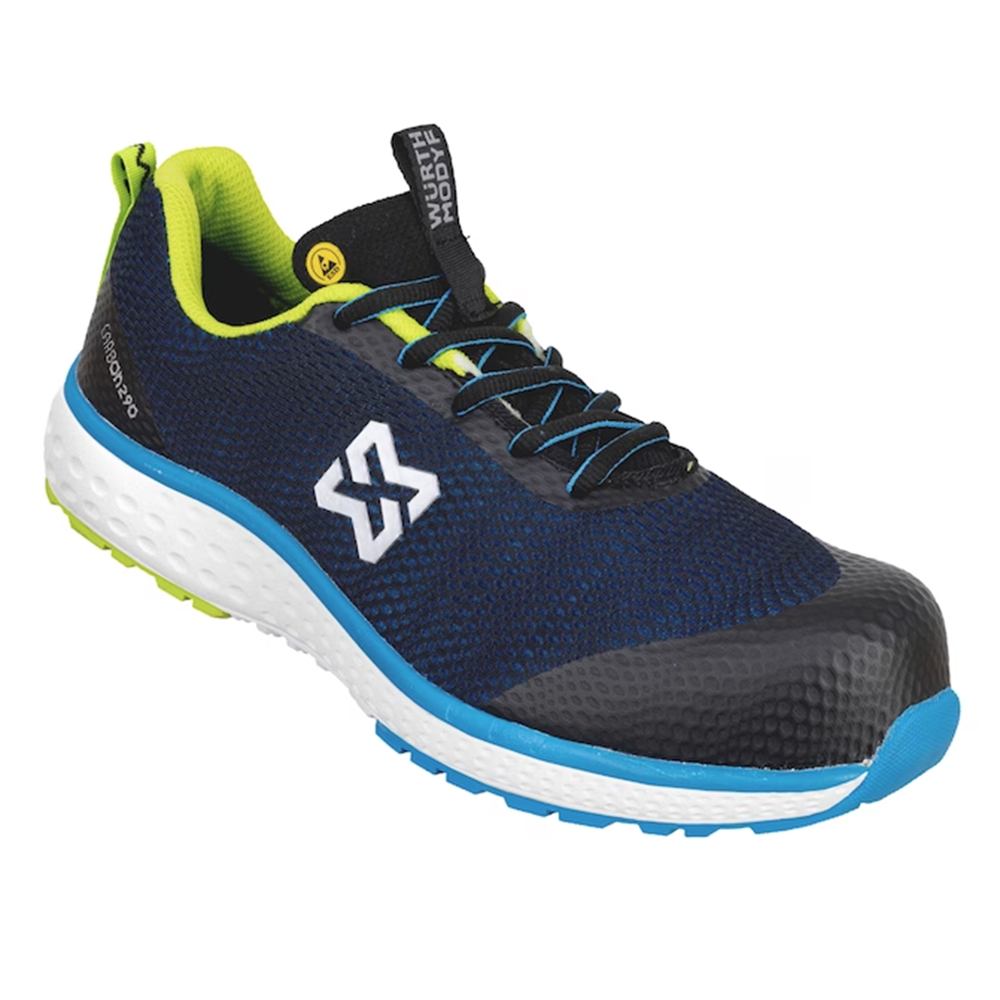
Τα καλύτερα παπούτσια εργασίας για ορθοστασία: Άνεση και υποστήριξη όλη μέρα
Η ορθοστασία για πολλές ώρες είναι μια από τις πιο κοινές προκλήσεις στον εργασιακό χώρο.

In today’s workplace, the perfect outfit is essential for both comfort and style. Whether you’re in a corporate office, on a construction site, or immersed in creative work, your clothing choice can boost both confidence and professionalism. This guide explores various work attire categories, spotlighting key features, materials, and prices to help you make smart decisions.
Choosing the right workwear is crucial not only for comfort but also for safety. The proper gear can protect against hazards like sharp objects, extreme temperatures, and chemical exposure. Additionally, well-designed workwear can enhance productivity by providing comfort and convenience throughout the workday. Whether you’re in construction, manufacturing, or a professional trade, the right workwear can make all the difference in performance and safety.
When selecting work attire, consider the following essential features:
| Fabric Type | Characteristics | Recommended Use |
| Cotton | Soft, breathable, and comfortable | Business casual and light industrial settings |
| Polyester | Durable, moisture-wicking, and quick-drying | Outdoor and industrial applications |
| Canvas | Heavy-duty, resistant to abrasions | Construction and heavy labor environments |
| Blends (e.g., cotton-polyester) | Combines the benefits of both materials | Versatile for various professional settings |
| Type of Workwear | Pros | Cons |
| Business Casual | Professional appearance, versatile, comfortable | May not be suitable for all industries, can be too casual for formal meetings |
| Industrial Gear | High durability, safety features, protective | Can be bulky, less stylish, may require specific care |
| Outdoor Apparel | Weather-resistant, functional, breathable | May lack formal appearance, can be expensive |
| Creative Attire | Stylish, allows for personal expression, professional | May not be taken seriously in conservative environments, can be costly |
Staying updated with current trends can help you make informed choices. Here are some popular trends in men’s workwear:
Choosing the right work attire is essential for comfort, safety, and professionalism. By considering the various options available, understanding the materials and features, and staying informed about current trends, you can make choices that not only meet your job requirements but also reflect your personal style. Whether you prioritize durability, comfort, or aesthetics, there is a wide range of options to suit your needs.

Η ορθοστασία για πολλές ώρες είναι μια από τις πιο κοινές προκλήσεις στον εργασιακό χώρο.

Στον σύγχρονο εργασιακό χώρο, η άνεση και η ασφάλεια πρέπει να συνδυάζονται αρμονικά. Ένας από